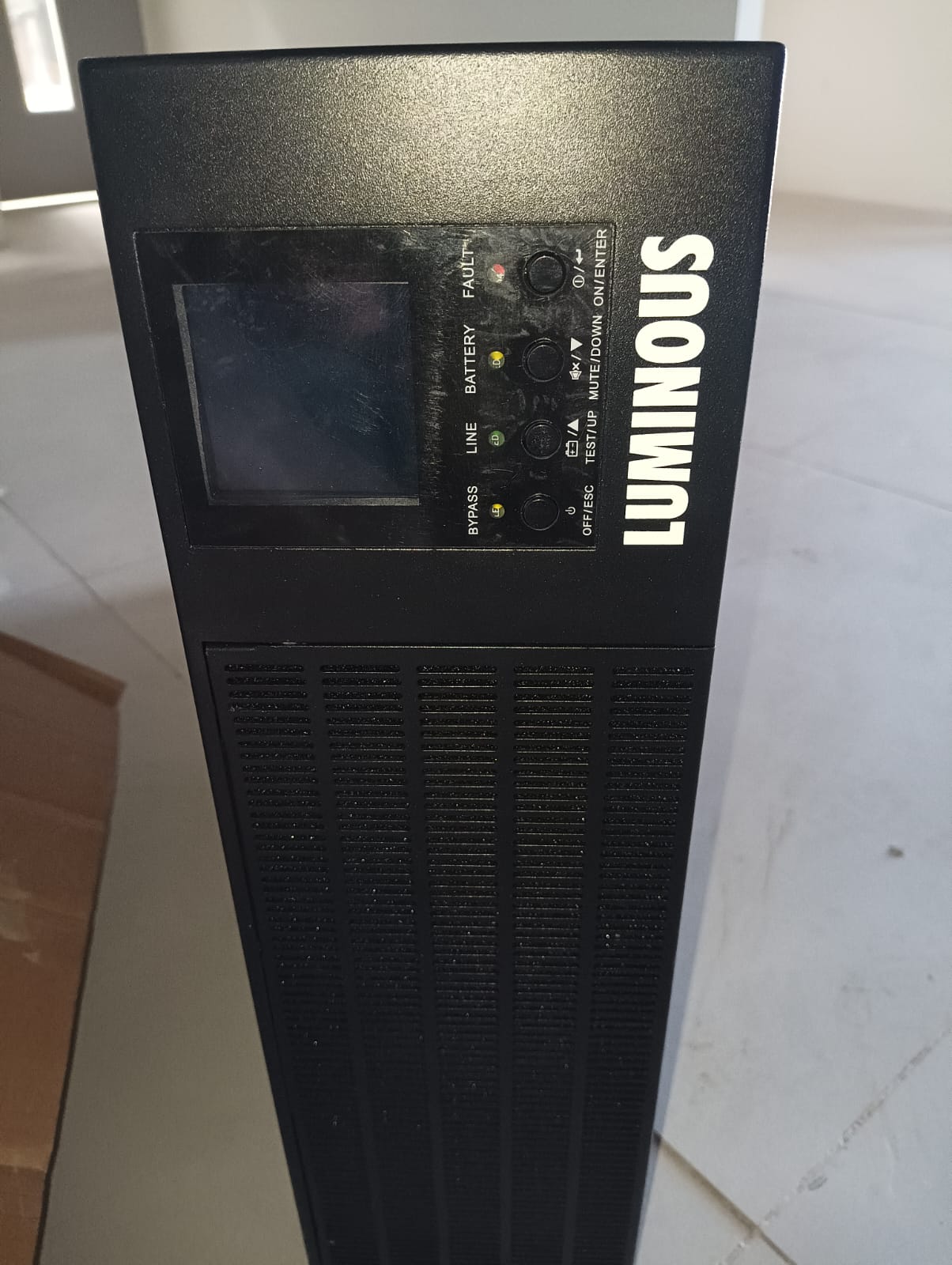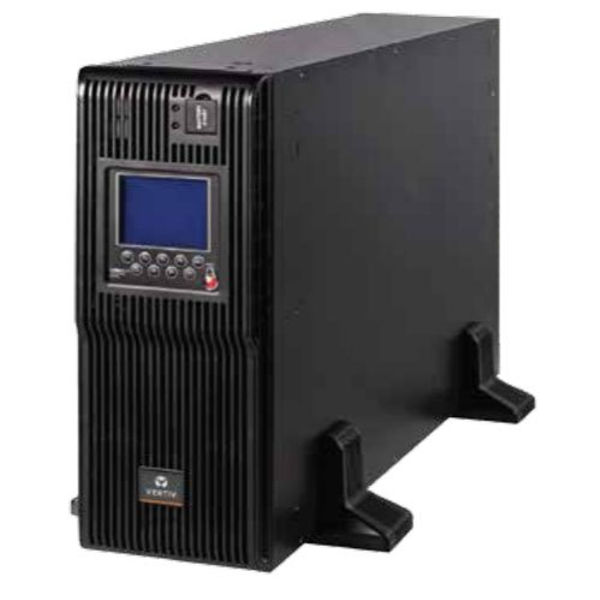The Vertiv Liebert GXT MT+ 3KVA UPS is an online double-conversion uninterruptible power supply designed for reliable power protection. It features a compact tower design, a wide input voltage range, and an intuitive LCD display for easy monitoring. The UPS offers high efficiency, with double conversion efficiency up to 90%, ensuring optimal performance in various conditions. Here are the key details: Key Features Double Conversion Technology: Provides continuous power conditioning and protection against power disturbances. Input Voltage Range: Wide input voltage range allows for operation in diverse environments. LCD Display: New graphical LCD display provides real-time UPS data, alarms, and aids in fault diagnostics. Efficiency: High efficiency of up to 90% at full load, contributing to lower energy costs. Compact Design: Space-saving tower design suitable for various installations. Extended Runtime Options: Available models with extended runtime capabilities for critical applications. Automatic Frequency Detection: Automatically detects and adjusts to the input frequency. Input Circuit Breaker: Protects the UPS and connected equipment from overloads. Active Power Factor Correction: Enhances the input power factor, reducing energy consumption. Specifications Power Rating: 3KVA / 3000W Output Voltage: 230V or 208V options available Form Factor: Tower Weight: Varies by model, typically around 20-30 kg Dimensions: Compact dimensions for easy placement in IT environments Applications Ideal for IT infrastructure, data centers, and critical equipment requiring uninterrupted power supply. Suitable for environments with stringent power quality requirements. Conclusion The Vertiv Liebert GXT MT+ 3KVA UPS is a robust solution for ensuring the health and availability of critical systems, providing reliable power protection and efficient operation in various settings.
Send Message







